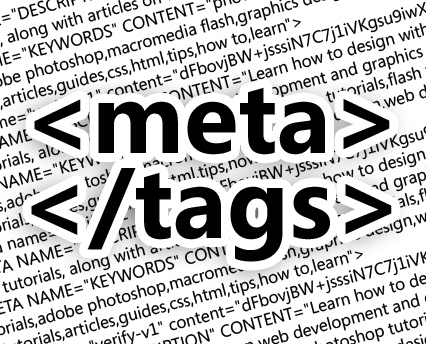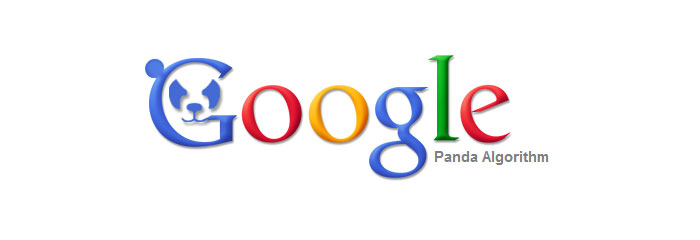Are you tired of seeing empty boxes where images should be on your website? Or do you want to make sure that your website is accessible to all users, including those with visual impairments? Alt text and image titles are here to help! These small but mighty elements of web design can make a big...
Category: SEO
How to optimize images for web and seo
Optimizing images for the web and for SEO (Search Engine Optimization) is an important aspect of maintaining a successful website. Not only do optimized images help improve the user experience by loading faster and consuming less data, but they can also improve the visibility of a website in search engine results. Here are some key...
In SEO, mere number don’t count; quality of traffic does
Inexperienced search engine optimization experts can focus at times, a bit excessively on over-hyped metrics that emphasize more on quantity than quality of traffic. This can lead to a series of needless calculations and measurements, which are not only complex, but also offer precious little data and insight about a site’s SEO success and viability.
How to spot the correct keywords to reach your target audience?
It is very vital to make use of the correct keywords so as to reach out to your target audience and stay ahead of your competitors. If your pages and content does not include the same generic or specific words the prospects are looking for, your site has very little chance of showing up in...
Why you cannot afford to ignore site analytics?
If you are still not convinced and keen for an analytics methodology to be put in place right now, we shall take a quick look at certain facts and the larger picture.
Basics of effective Meta Description tags for your website
The description <meta> tag is an effective way of providing a concise and clear summary of content of each of your website page,
Long title tags and SEO implications
If and when your title tag gets too long, what are the implications and exactly what you need to do? Well, this is what we are going to see! In this particular scenario,
Why your SEO is not complete without link building ?
You have, by every stretch of imagination and on basis of each possible design and programming criteria, developed an amazing and awesome looking website. At least that’s wjat you would like to believe.
What have been the SEO repercussions of the Panda change?
Google’s Panda algorithm is turning to be an enigma, a kind of paradox for most site owners and webmasters, sparking a debate over SEO factors related to it. On one hand, the change has badly hurt many E-Commerce sites and online businesses.
How to leverage schema.org for enhanced search rankings?
schema.org is a collaboration among the three major search engines Google, Microsoft, and Yahoo! to create a structured data markup schema.
Secrets of creating effective link bait website content
Here are some more handy tips to achieve success in terms of writing a highly effective copy – be it generic content or a unique blog post on your website – for the purpose of link baiting.
Key parameters to consider while selecting SEO experts
Before you get started with your search for a SEO agency or consultant, it is always a wise idea to first become an informed or educated consumer yourself. This will help you get well familiar with functionalities and other basics of Search engines operations. You may follow the way Google crawls and indexes pages so...
Key aspects to keep in mind for search friendly Title Tags
Let us try to follow the various key aspects that are related to HTML head tags essential for creating well-optimized pages.
How do SEO experts improve your website and your business ?
SEO, as you must be aware, is a popular acronym for the term ‘search engine optimization’. If you have a business or do








